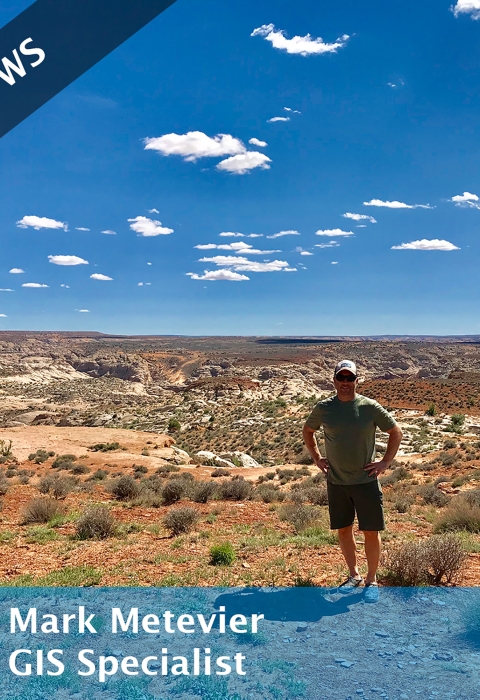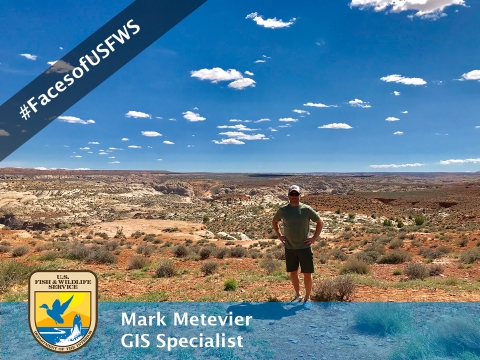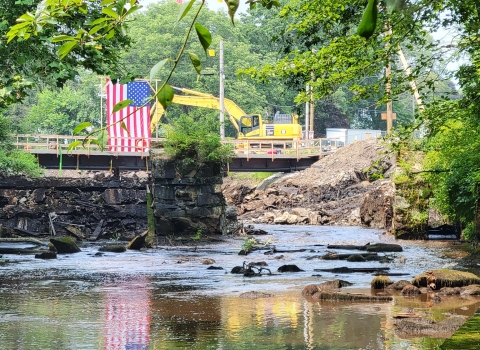We like to share the insider's scoop about the people who carry out the important work of protecting and conserving fish, wildlife, plants and their habitats along the central and southern California coast. Meet our new Geological Information Systems specialist, Mark Metevier:
What led you to a career with the U.S. Fish and Wildlife Service?
Thirty years ago I began exploring the Rocky Mountains from New Mexico to Wyoming, and the canyons and desert landscapes of Utah and Arizona. I knew then that I wanted to spend my life in the service of protecting our natural and cultural resources. I began as an entry-level archeologist in the U.S. Forest Service and transitioned to U.S. Fish and Wildlife Service directly from graduate school. I had the opportunity for a one-year temporary position in the Pacific Islands Ecological Services Field Office and ended up spending 15 years in Hawaii working to protect rare species and landscapes of Hawaii and the Pacific Islands.
What role do you play within the agency?
I provide geospatial services to the agency through the development and use of spatial data and geospatial technological applications. But more importantly, I try to enable my colleagues through training as well as direct technical support to achieve their project goals.
Where did you go to school and what did you study, and/or for which military branch did you serve and in what capacity?
I have a Bachelor of Arts in Anthropology (Archeology) from Colorado College and a Master of Arts in Geographical Information Systems and International Development from Clark University.
Of all the species our agency works to protect along the central California coast, which is your favorite? Why?
My favorite species is each new one I get to work on. Today it was Gambel's water cress.
Tell us about a particular project from your career or schooling that makes you really proud.
I think the most surprising aspect of my career is not a particular project, but is the diversity of projects and the hundreds of species I have been able to work with. My career has taken me from Hawaii and the Pacific Islands to the Western U.S., allowing me the opportunity to work with so many talented scientists, who have taught me just a little more about the natural world we live in.
How do you spend your free time?
Outside with my friends and family. Hiking. Camping. Etc. I particularly like poking around desert canyons and mountain lakes with lots of granite. Most of all, spending time with my son is my favorite activity.



